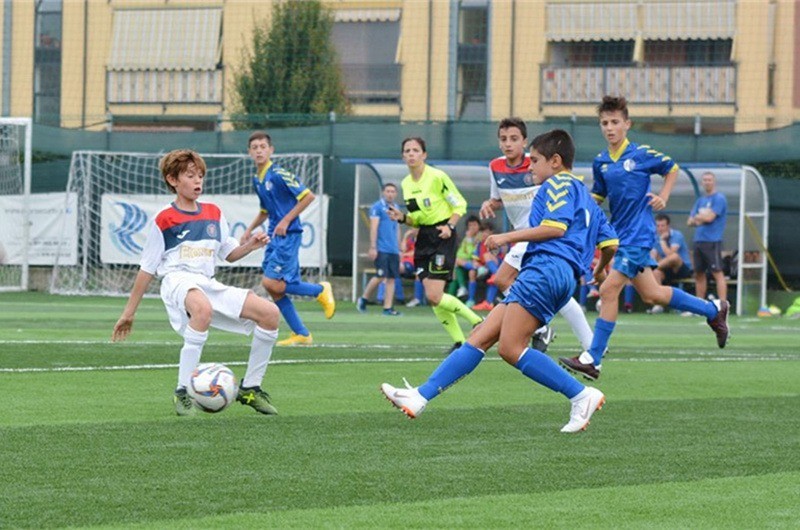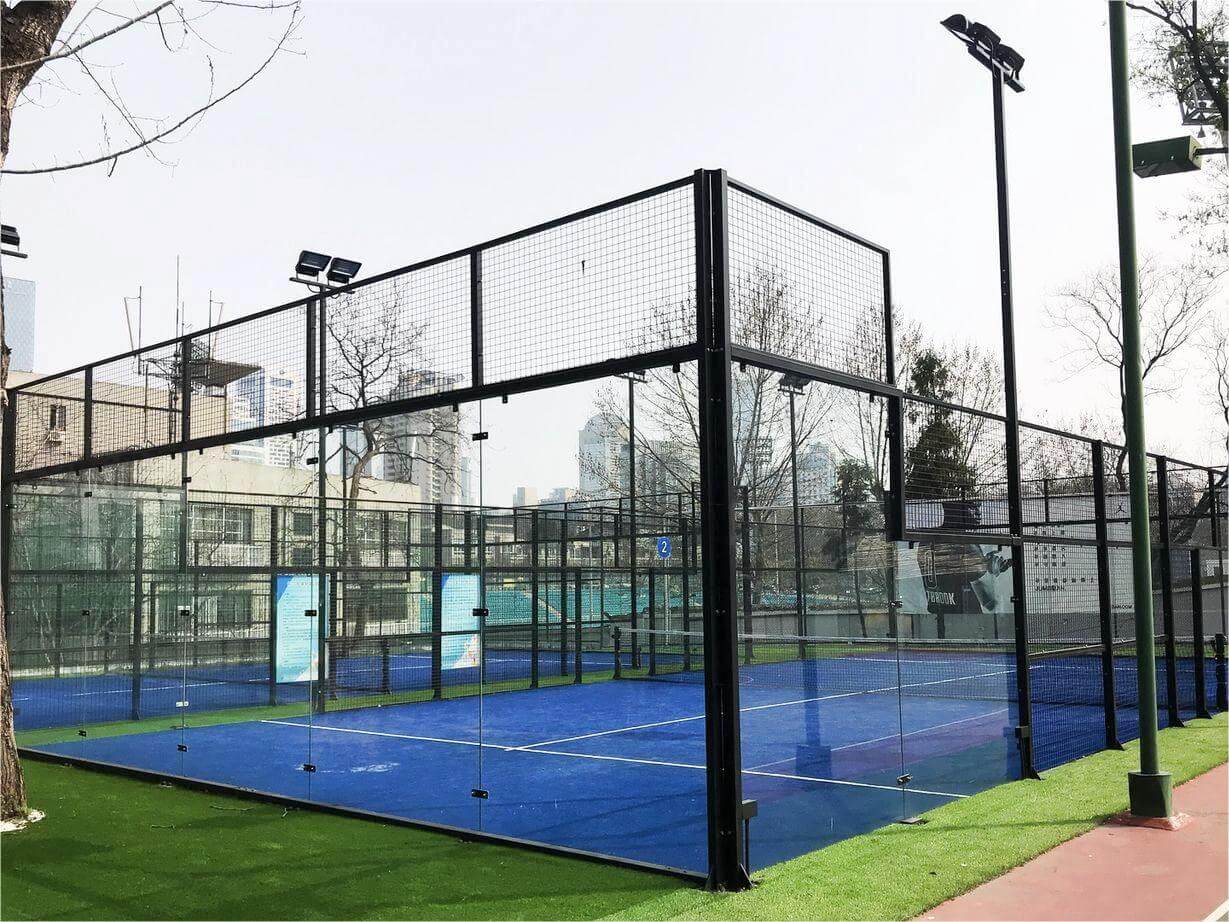Football enjoys immense popularity worldwide, and it is crucial to introduce young players to the sport as early as possible. Many schools and colleges boast football fields, traditionally covered with natural grass. However, there is a growing trend towards the use of artificial turf football fields, which have become increasingly favored by educational institutions. In fact, in China alone, over 80% of school and college football fields have embraced synthetic grass, making it the preferred choice for these institutions.
Why is artificial football grass gaining such popularity among schools and colleges? The answer lies in its ability to provide the longest playing hours compared to other surface options.
Durability and Extended Playing Hours:
Artificial football grass offers numerous advantages, with exceptional wear-resistance being one of its standout features. This quality ensures that the turf can withstand intensive usage without deteriorating, allowing for extended playing sessions. Consider the fact that school and college football fields need to remain open for students almost year-round, including during holidays. Even on breaks, enthusiastic students flock to the fields, eager to enjoy the beautiful game. Natural grass fields simply cannot withstand such relentless usage. Conversely, artificial grass football fields offer an all-weather playing surface that remains resilient and reliable throughout the year.
Enhanced Safety Features:
In addition to its durability, artificial football grass also offers enhanced safety features. The advanced cushioning and shock-absorbing properties of synthetic turf significantly reduce the risk of injuries from falls or tackles. This becomes particularly crucial for schools and colleges, which prioritize the well-being and protection of their students. Artificial turf’s ability to minimize the impact of sudden movements, along with its consistent playing surface, promotes a safer environment for students to enjoy football without compromising their safety.
Cost-effectiveness and Sustainability:
Artificial football grass proves to be a cost-effective solution in the long run. While the initial installation costs may be higher than natural grass fields, the minimal maintenance requirements and prolonged lifespan of synthetic turf offset the initial investment. Schools and colleges can save on watering, mowing, and other maintenance expenses associated with natural grass. Additionally, artificial turf eliminates the need for harmful pesticides, reducing environmental impact and promoting sustainability.
A Conducive Environment for Football Excellence:
By opting for artificial football grass, schools and colleges can provide students with an excellent platform to hone their football skills, fostering a culture of sportsmanship and physical fitness among the youth. These fields showcase the institution’s commitment to providing quality sports facilities, ultimately contributing to the holistic development of their students.
In summary, when schools and colleges consider the construction of football fields, artificial football grass emerges as the superior choice. Its ability to provide extended playing hours, durability, safety features, cost-effectiveness, and sustainability make it the ideal solution for educational institutions aiming to create a conducive environment for students to excel in football. By embracing artificial turf, schools and colleges showcase their commitment to providing quality sports facilities, ultimately contributing to the holistic development of their students.




